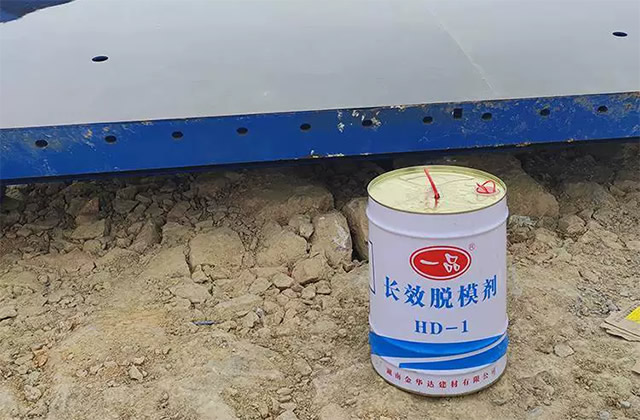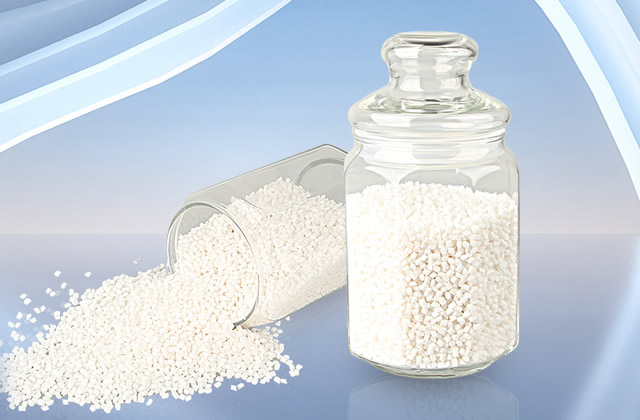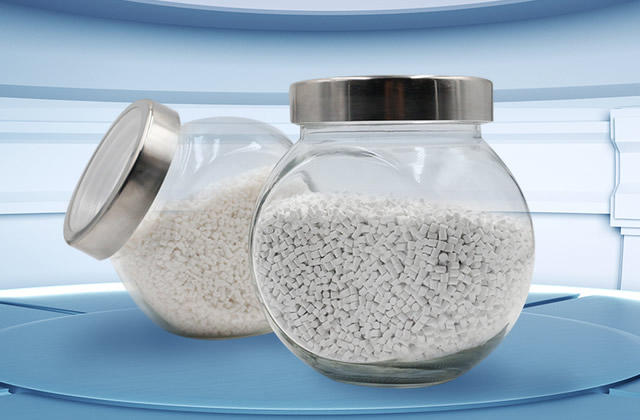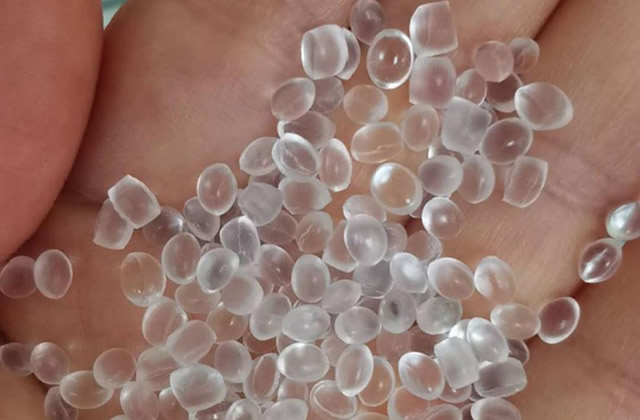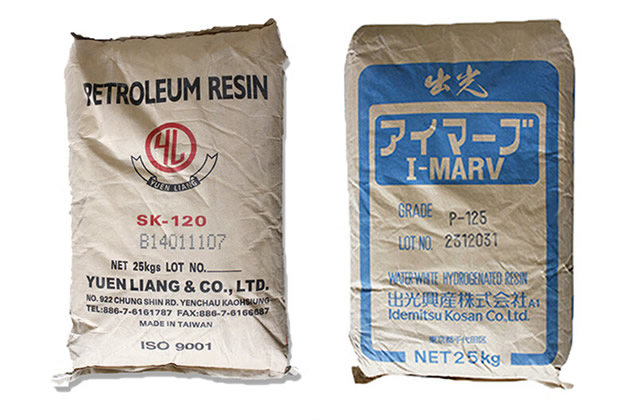1. Are tougheners and plasticizers the same?
There is only one word difference between tougheners and plasticizers, and both are used as additives Used, it can be added to plastics to improve plastics. So is a toughening agent a plasticizer?
Generally speaking, tougheners and plasticizers are two different chemical additives:
1. Plasticizer
Plasticizer is the most commonly heard additive in the field of plastics. If plastic is understood literally as a material that can be shaped, plasticizers can also be understood as increasing the plasticity of plastics.
The main body of plastics are polymers. The basic concept of polymers is that the molecular weight is extremely large, just like a braid. If the braid is wrapped too tightly, it will not easily deform, so it must be braided. To form a pair of ponytails, you first need to untie the braids slightly. The most common method for polymers is to heat them, and then tie the braids back up again – that is, to shape them, such as blow molding, extrusion, etc.
However, polymers have different properties, and some polymers can easily deteriorate during the process of “unraveling”. It’s like what should you do if your hair becomes tangled and cannot be combed out after you wake up? Some people may consider this as a new hairstyle, but more people will choose to wash their hair. So scientists also thought of this trick, adding some plasticizer to plastic, and it can be processed at 140 degrees.
It should be noted that since plasticizers are easy to precipitate and affect product quality, even if they do not precipitate, the strength of the plastic will also decrease, so plastic processing companies will not add them if they can. Attitude, in terms of usage, the plasticizers used in PVC and PVDC plastics account for more than 90% of the usage in the plasticizer industry, which can also be confirmed from the opposite side. Therefore, the statement that “all plastics contain plasticizers” should be viewed with suspicion.
2. Tougheners
Tougheners are easily confused with plasticizers. Some plasticizers can also be used as tougheners. This is because the principle of both methods is usually to change the crystallinity of polymers. But when it comes to product parameters, the two are actually different.
Using the hair analogy again, plasticizer is equivalent to water, which mainly deals with the processing process, while toughener is equivalent to conditioner, which mainly deals with the subsequent application process.
Some plastics are very brittle and feel like glass when used. They will break when dropped on the ground. Obviously, they are not very comfortable to use. Many people like plastic products because they are not easy to break. The task of tougheners is to solve this problem. For PVC plastics, plasticizers are also toughening agents, but the toughening agents for other plastics are diverse, and some directly use polymers such as rubber as toughening agents.
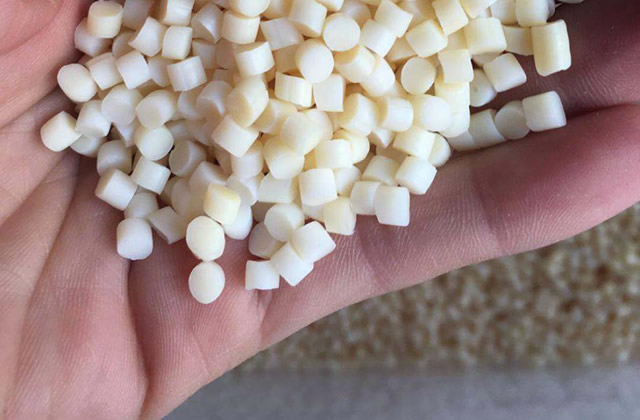
2. What is the difference between plasticizers and tougheners
1. They exist in different forms
Most plasticizers It is a liquid type; most tougheners are powder or granules.
2. Different functions
Plasticizers increase the plasticity of the product; toughening The plasticizer is used to reduce the brittleness of composite materials and improve the impact resistance of composite materials.
3. Whether to participate in the curing reaction
Plasticizer is used to increase the adhesive layer Flexibility, improves the impact toughness of the adhesive layer, and improves the fluidity of the adhesive. It does not participate in the curing reaction, usually no more than 20%. Such as dibutyl phthalate, triphenyl phosphate, etc.
Toughening agent participates in the curing reaction, usually no more than 20%. Such as dibutyl phthalate, triphenyl phosphate, etc. Toughening agent improves the elasticity of the adhesive layer by participating in the curing reaction. Such as low-polymerization Amide, polysulfide rubber, etc.
If the website content violates your rights, please contact us to delete it。



